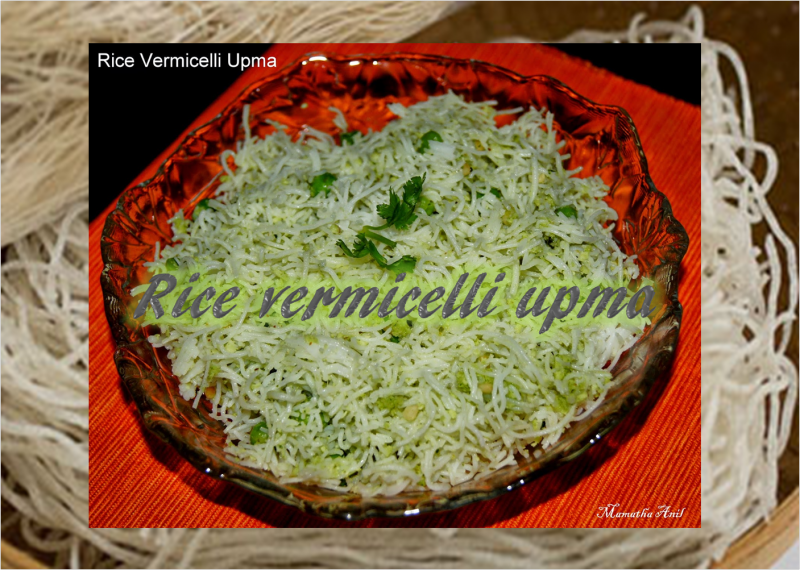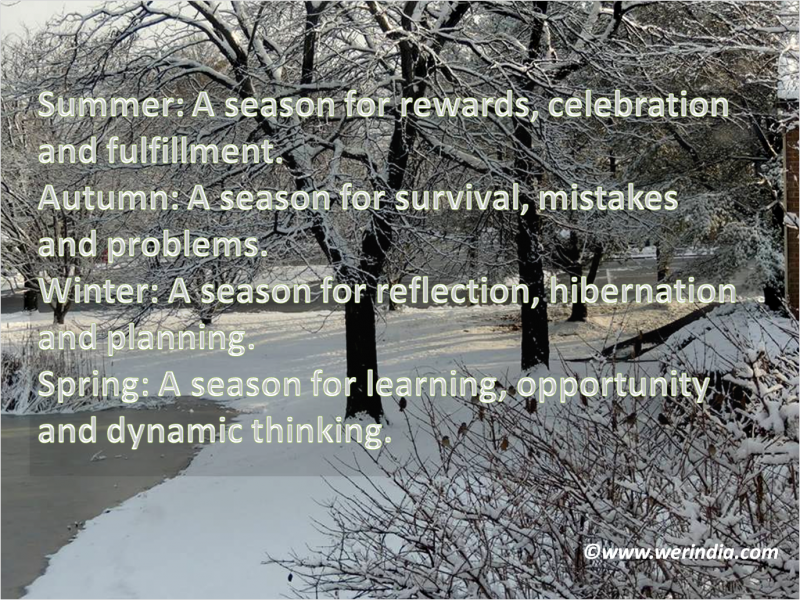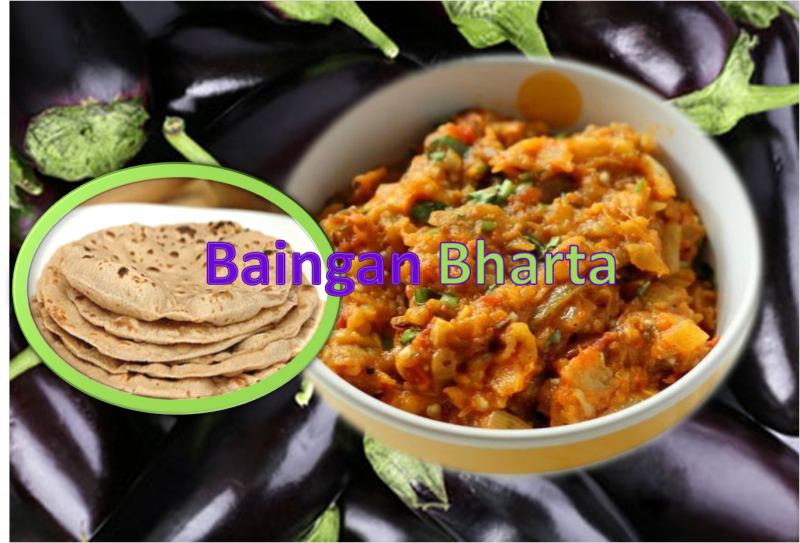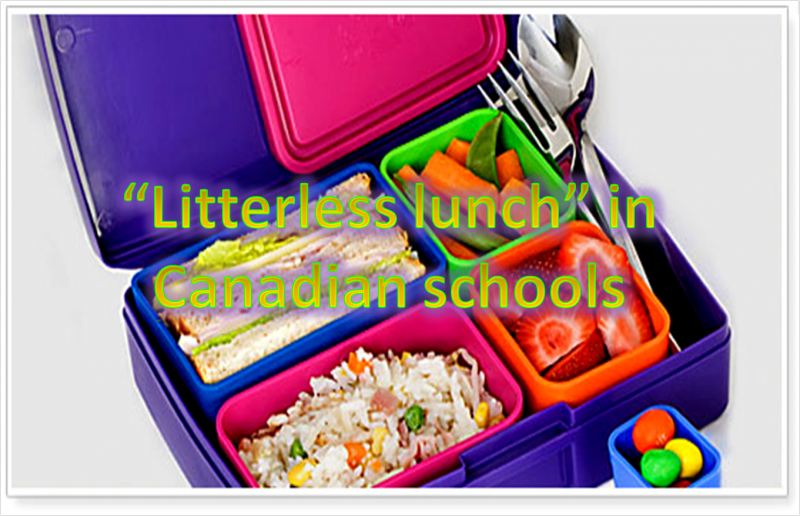Baingan bharta is a popular North Indian dish made of eggplant and served in Indian restaurants with roti, naan or chapatti. Origin of the bharta is from Punjab state of India. It is a traditional curry prepared by mincing the egg plant (generally larger one) that is grilled over the charcoal or flame.
Smoke infused eggplant tastes good with other spice ingredients. It can be a side dish for pita bread, wheat bread too.
Do you know health benefit of egg plant or brinjal? Eggplants contain several nutrients and more importantly phytonutrients like phenolic compounds, such as caffeic and chlorogenic acid, and flavonoids such as nasunin. Nasunin is a potent antioxidant and free radical scavenger that has been shown to protect cell membranes from damage.
Nasunin is not only a potent free-radical scavenger, but is also an iron chelator. By chelating iron, nasunin lessens free radical formation with numerous beneficial results, including protecting blood cholesterol (which is also a type of lipid or fat) from peroxidation; preventing cellular damage that can promote cancer; and lessening free radical damage in joints, which is a primary factor in rheumatoid arthritis.
Eggplant is also a very good source of dietary fiber, vitamin B1, and copper. It also contains sufficient amount of manganese, vitamin B6, niacin, potassium, folate, and vitamin K.
Ingredients:
- Egg plant /baingan/brinjar large – 1
- Finely chopped onionn- 1
- Finely chopped tomato -1
- Green chillies – 3 finely chopped
- Grated garlic – 2 cloves
- Grated ginger – 1 tsp
- Turmeric – 1/2 tsp
- Cumin – 1/2 tsp
- Dhania/coriander powder – 1/2 tsp
- Chili powder – 1/2 tsp
- Garam masala powder – 1/2 tsp
- Cilantro leaves – 1 Tbs
- Oil – 2 Tbs
- Salt – as per taste
Preparation:
1. Apply oil on washed brinjal and using a stove/ gas burner on low flame roast the brinjal on all sides. Skin should be charred after roasting. You can also use oven – pre heat oven at 350 F and on the baking tray place an aluminum foil. Apply oil on aluminum sheet. Apply oil on brinjal and place in the oven for about 45 minutes. Turn the brinjal once a while for equal roasting and cooking.
2. Allow roasted brinjal to cool and peel the charred skin.
3. Mash the pulp using a spoon and keep it aside.
4. In a frying pan add oil and on medium heat get ready for sauté – add cumin, onion, green chilli, ginger, garlic and saute for few minutes.
5. Now, add turmeric powder followed by chilli powder, dhania powder and continue sautéing for another few minutes.
6. Add chopped tomato, salt and saute well. Allow tomato to cook and keep mixing the ingredients till the oil separates from the mix.
7. To this mix add mashed brinjal, garam masala and stir well.
8. Cook for another 5 minutes and add finely chopped cilantro leaves.
9. Mix well and serve hot baingan bharta with chapatti, roti or bread.
Recipe: www.werindia.com





